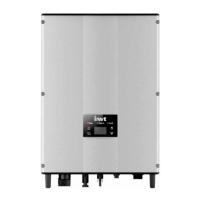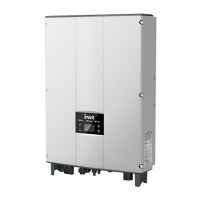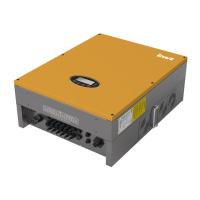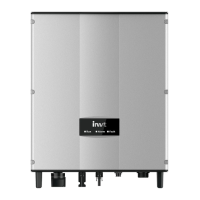What does Clock Fail mean on INVT Inverter?
- RRobert GomezSep 3, 2025
Clock Fail on your INVT Inverter means that there is wrong setting, resulting in clock alarm.
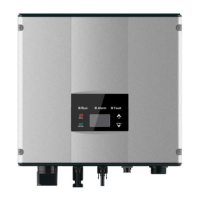
What does Clock Fail mean on INVT Inverter?
Clock Fail on your INVT Inverter means that there is wrong setting, resulting in clock alarm.
What causes Relay Fault on INVT iMars?
The Relay Fault error on your INVT Inverter is due to an internal relay fault, resulting in relay fault.
What does Incnst mean on INVT iMars Inverter?
Incnst on your INVT Inverter means there is inconsistent grid voltage, frequency, leakage current or AC/DC injection, resulting in data consistency fault.
What does IGBT drv mean on INVT iMars?
IGBT drv on your INVT Inverter means there is IGBT drive protection of the inverter, resulting in IGBT drive protection.
What does Fan Fail mean on INVT iMars Inverter?
Fan Fail on your INVT Inverter means there is internal fan fault, resulting in fan fault.
What does Cmd Shut mean on INVT Inverter?
Cmd Shut on your INVT Inverter means that unit was stopped by the operation panel or upper PC, resulting in manual shutdown.
What does Eeprom mean on INVT iMars?
Eeprom on your INVT Inverter means there is internal memory error, resulting in memory error.
What does Int Comm mean on INVT Inverter?
Int Comm on your INVT Inverter means there is Master-slave DSP communication disabled or Error of master-slave DSP check bit, resulting in internal communication fault.
Explains warning symbols and their meanings for safety.
Provides essential safety rules for installation, operation, and maintenance.
Describes the photovoltaic system components and application.
Details the physical layout and external components of the inverter.
Explains the information presented on the inverter's identification nameplate.
Lists the available models of the iMars grid-tied solar inverter.
Provides the physical dimensions and weight specifications of the inverter.
Outlines the procedure for checking the inverter and accessories after unpacking.
Lists necessary preparations and requirements before commencing installation.
Details the steps for the physical mounting of the inverter.
Provides comprehensive guidelines for the electrical connections of the inverter.
Specifies the essential checks required before the inverter is put into operation.
Describes the procedure for starting and operating the inverter while connected to the grid.
Details the correct procedure for safely shutting down the inverter.
Covers routine checks and maintenance tasks to ensure inverter longevity.
Explains the meaning and status indicated by the inverter's LED lights.
Describes the function of the buttons and layout of the inverter's control panel.
Details the information displayed on the inverter's Liquid Crystal Display.
Guides users on accessing and utilizing the inverter's various operational functions.
Instructions on selecting the appropriate grid certification for the inverter.
Details the standard method for connecting the inverter for monitoring purposes.
Describes optional communication modes like Ethernet, WiFi, and GPRS.



